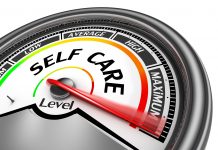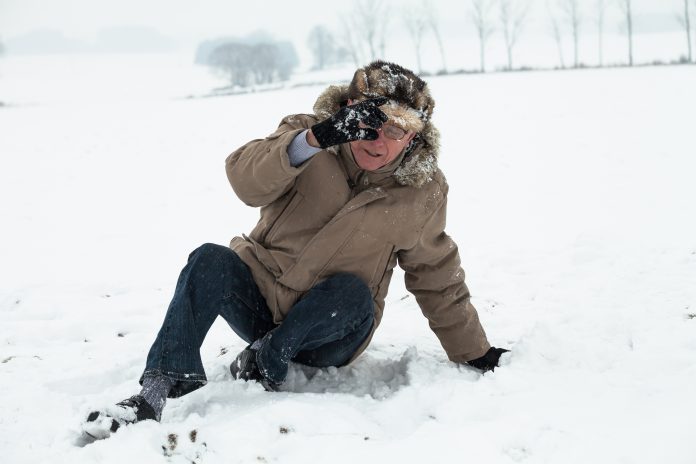Winter would seem to pose more of a risk for senior falls. Depending upon your location, you may be dealing with sleet, rain, ice or snow. Some new research shows that most falls take place during the warmer months. This is because the majority of falls occur indoors. The research states that most falls occurred during the months of May, September and October. In some locations these months would be quite rainy and in the fall there are leaves on the ground to deal with.
How to Lower Your Risk of Falls
- If you are going outdoors and will be walking, dress for the weather. Rubber soled shoes and boots without heels are the safest in wet weather. Look for soles with rough textures that will grip the ground. During the summer, find flat footwear so you can feel the ground that you are walking on. As we age we lose a lot of the sensation in our feet.
- Since the majority of falls are caused by tripping, when outdoors, scan the ground just ahead of you while you walk and don’t rush. Indoors, tripping hazards are usually mats or area rugs, cords and small pets. Falling out of bed was another reason.
- Rely on a cane if necessary. Medications can case unsteadiness and weaker muscles can cause an unsteady gait when we walk.
- Plan ahead for excursions and appointments. During inclement weather, don’t go out unless you absolutely have to. If necessary, have someone go with you to help you along slippery areas.
Most outdoor falls were found to be caused by slipping down the stairs or falling from a vehicle. Whether or not most falls occur during the winter or during the warmer months, the same precautions should be taken. To read the full article on senior’s risks of falling during the winter, click here.





























